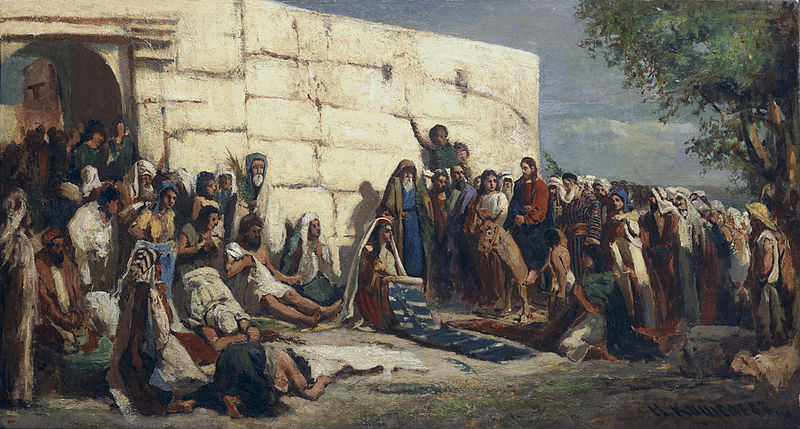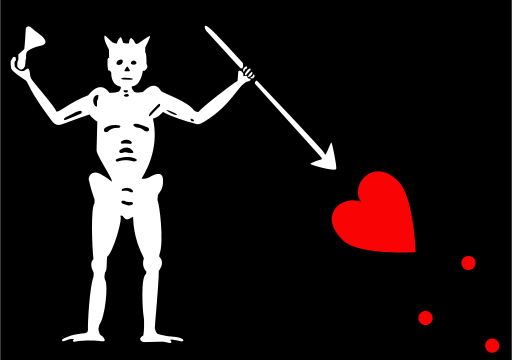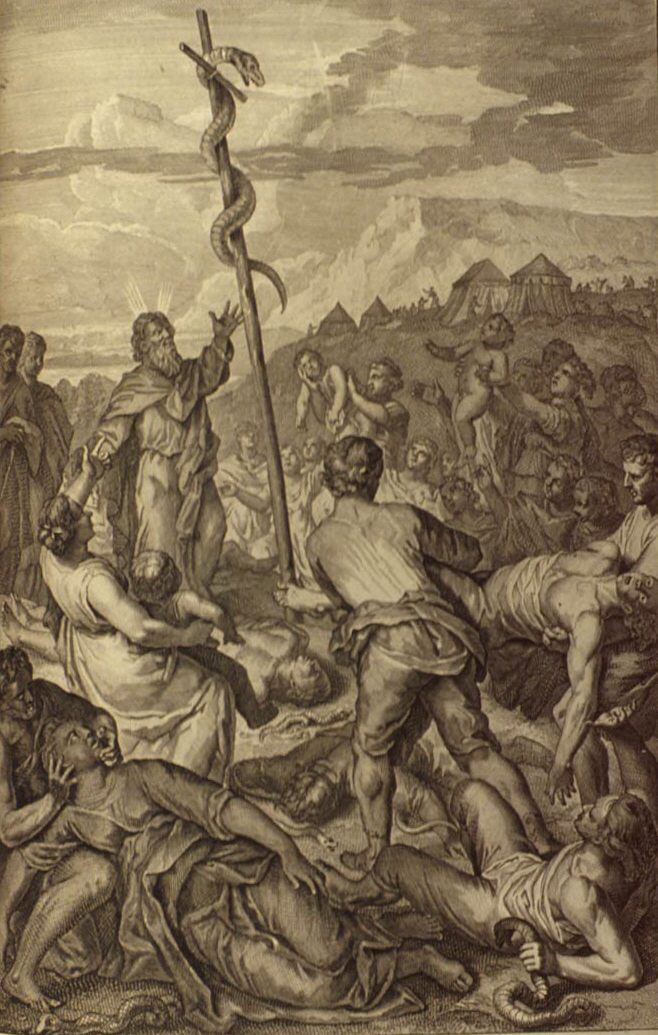The Harrowing of Hell and Holy Saturday
 |
| Christ in Limbo, Hieronymus Bosch 1575 PD |
As a little boy, these moments leading to Easter did not hold the kind of joy it did for others. A few extra days off of school were spent helping my father -who was also my pastor- to prepare for Maundy Thursday worship services, Good Friday Tenebrae, and in preparation for the Resurrection of our Lord that Sunday. It isn’t like I didn’t have spare time in the midst of all these preparations though. I would often spend much of the day on Holy Saturday in the woods behind my house. I would sit by a campfire and reflect on the day. We didn’t have an Easter Vigil service, because my father’s attempts to introduce such a service were seldom well received.
These things were not a burden to me. I didn’t always enjoy being a pastor’s son. To be honest I didn’t like it much at all, which is why it is odd I am a pastor now. What I did value was gaining a deep relationship with what many consider to be the dark side of Christianity. A side of Christianity my father embraced and pushed me toward. A dark side of Christianity we find on Holy Saturday, when we remember Christ’s true mortal death; the harrowing of Hell.
 |
| Christ's Descent into Limbo, Andrea Mantegna 1470-1475 PD |
It is probably pretty controversial to talk about in light of so much discomfort around hell recently, but hell symbolizes a true death, a true sense of hopelessness and defeat. There is an old saying “nothing lost, nothing gained,” which could certainly be applied to Christian faith today. We like to think of Jesus as just another member of the Star Trek crew being beamed up by Scottie into the heavens. We avoid this true death, this descent into hell.
As usual, I will be told this is dark and brooding. This won't bring people to the church or to the message of hope we receive on Easter when the pastel eggs are being snatched up and three hundred pound bunnies are posing for pictures with young children. It may just be me, or it may be the wife sitting beside her husband watching his body decay from the chemotherapy keeping him alive. It may just be me, or it may be the father who only held his baby in his hands for a few minutes before that child breathed its last breath of that five minute life. It may just be me, or it may be that elderly neighbor whose children have vanished and spouse has long since died. It may just be me, or perhaps Jesus’ true death means something to you too.
It may not mean much. You may skip Maundy Thursday and Good Friday altogether. You may, on the other hand, hold onto those two holy days then sit around aimlessly on Saturday waiting for the resurrection. Perhaps today is the day that you may consider reflecting on what today represents though? The Christian faith is special to me, because on this day I am reminded that God offered a sacrifice to us all in the form of Jesus Christ. In that moment God experienced the true reality of death that we will all face one day, and defeated that power.
This year is the year in which we read Mark’s Gospel account. I love Mark’s telling because there isn’t anything in that tomb, it's empty and…that’s it! Many who question this Christian practice will deny any kind of resurrection as mysticism and superstition, but when I see those who have followed Christ as the living Body, the Church, I see the resurrected Body and so did Rome as the early Church rose before their very eyes.
 |
| Harrowing of Hell, 11th Century Artist unknown PD |
Good Friday and Holy Saturday mean something very special to me because of my father, but also my own defeat. One Good Friday in 2005, I was deployed as an infantry Marine in the Al Anbar province. I was on post that evening, guarding over our firm base when I witnessed an explosion. Little did I know that explosion signaled the death of a friend. A friend who I had taken a radio operator’s class with. A friend who I had shared heartache and joys with. A friend who had shared the same with me. He died that night after the humvee he was riding in had struck a landmine. I learned of his death just as I was leaving my post. The chaplain for our Battalion was staying with us that evening and he was planning for an Easter worship service, but I remember the day between that Good Friday on March 25, 2005 and that Easter Sunday. I remember sitting, waiting, reflecting, writing, crying, and dying. He was the first, and we all wondered if we would be next. We all wondered when we could inflict death on those responsible. I stewed in hate and fear. I descended into hell.
There are many things that have changed my faith, but the one consistent remains Jesus Christ who is at the center of my faith. Especially on this day of all days. Because today is the day that Christ goes to hell with us all, and if you haven’t been there or faced the prospect of going there, I hope you will reach out for faith when you do. Today is the day that changes the way we face death, fear, hate, and anxiety. It is that scene when the boxer we are all cheering for hits the mat before slowly climbing to his feet and refusing to be knocked down for good. Bad news is, he won't get up until tomorrow. So will you stand by and cheer on this fighter as he bleeds on the mat in defeat, or will you throw your hands up in the air and leave the arena before seeing the most impossible comeback ever?
Our lives exist in the midst of Holy Saturday, and he paved the way out for us all. Today is a reminder that he experienced the same defeat we all have and if you haven’t, you will. That may be dark and brooding, but that is the harrowing of hell, that is the Christian faith, and that is the assurance that we can look it in the eye and never fear it again.
 |
| Descent into Hell, icon from Ferapontov Monastery 1495-1504 PD |









